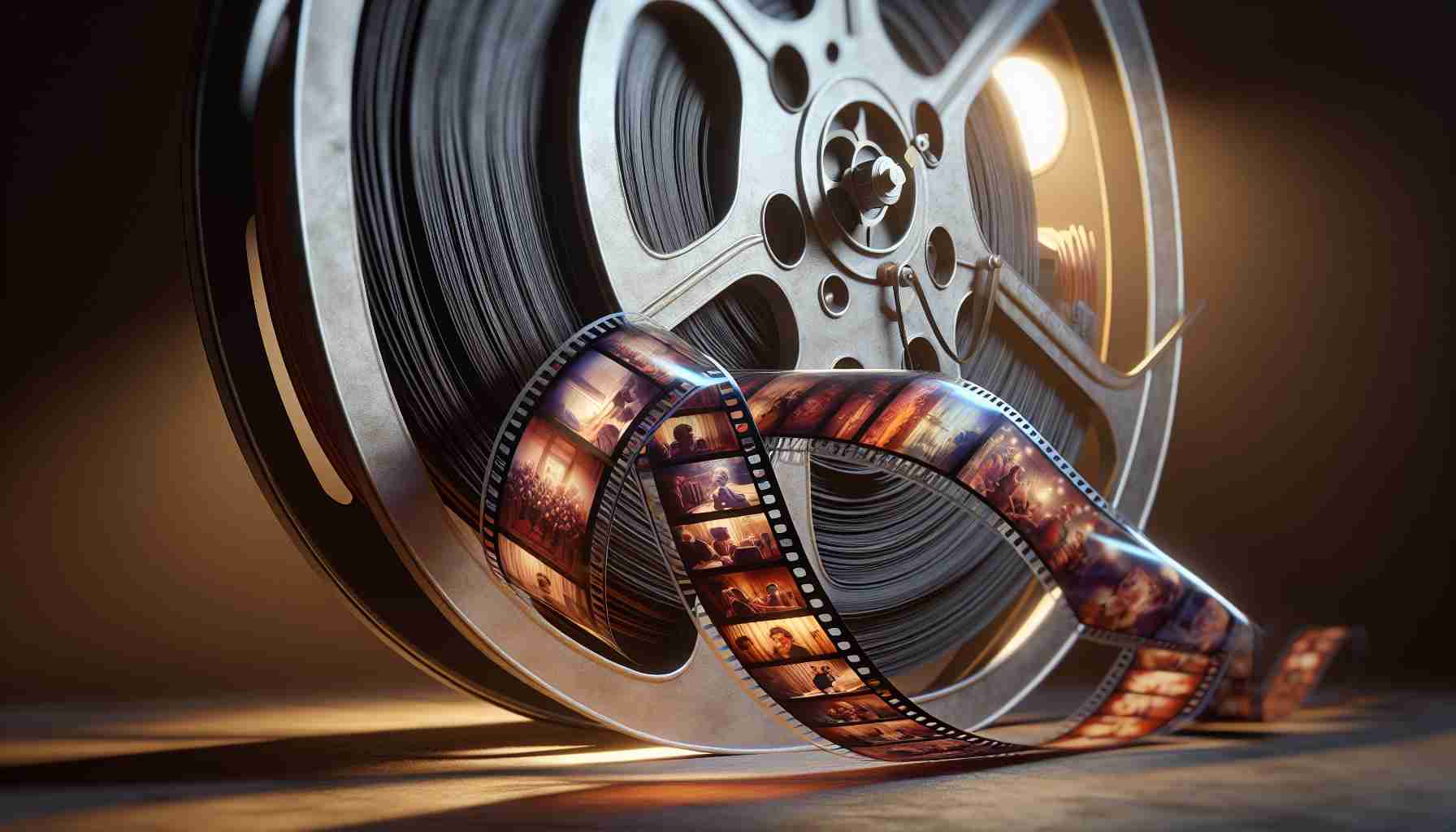Behind the Scenes of The Man Who Would Be King
The 1975 film The Man Who Would Be King, featuring Sean Connery and Michael Caine, is rich with fascinating stories from its production. Based on Rudyard Kipling’s tale, the movie follows two ex-soldiers from the British Army who find themselves in extraordinary circumstances, one being declared a god.
Director John Huston’s journey to realize this film spanned several decades. Initially, he envisioned iconic actors like Clark Gable and Humphrey Bogart for the lead roles, but fate intervened with Bogart’s untimely passing. Among the other actors considered were Burt Lancaster and Richard Burton, until Robert Redford and Paul Newman recommended Connery and Caine, who quickly joined the project.
However, troubles arose during filming, particularly at Pinewood Studios and in locations such as France and Morocco. The actors grew concerned over Huston’s unconventional direction. Caine approached Huston, only to be met with indifferent advice about the hefty paychecks they received. On set, Huston uniquely addressed the actors by their character names, leading to spontaneous improvisations.
Caine stood up against the mistreatment of co-star Saeed Jaffrey, demanding that the crew provide him proper accommodations. On a lighter note, a prank involving sheep’s eyes had Connery unwittingly consuming them, only to discover the prankster was an old friend. Caine reminisced about a tense moment when Connery expressed his fears about the safety of a rope bridge they were filming on, marking a blend of humor and tension on the set of this timeless classic.
The Untold Secrets and Impact of The Man Who Would Be King
The 1975 classic film The Man Who Would Be King, directed by John Huston and starring Sean Connery and Michael Caine, not only tells an adventure-rich story but also features a myriad of behind-the-scenes elements that add depth to its legacy. Let’s explore the innovations, insights, and cultural impacts of this extraordinary film.
Innovations in Cinematography
One of the most notable features of The Man Who Would Be King was its innovative use of cinematography and film techniques. The film was shot in stunning locations across Morocco, which enhanced its visual appeal and authenticity. Cinematographer Oswald Morris made significant contributions by capturing the vast landscapes that played a crucial role in storytelling. The dramatic scenes atop the rope bridge, a pivotal moment in the narrative, were meticulously planned to ensure safety while maximizing tension and visual impact.
Cultural Insights
The film is based on a short story by Rudyard Kipling, and it dives deep into themes of imperialism, colonialism, and the clash between cultures. This exploration prompts debates about Western attitudes toward the East during the 19th century and serves as a commentary on the consequences of power and exploitation. The portrayal of the relationship between the characters and the native tribes raises questions about loyalty, faith, and identity, making it relevant for contemporary discussions around cultural representation in media.
Use Cases of the Film’s Legacy
The Man Who Would Be King has inspired filmmakers and storytellers for decades. Its themes and character arcs are frequently analyzed in film studies, and it offers a rich narrative for adaptations in various formats, including stage plays and literary critiques. Moreover, film enthusiasts often showcase it in discussions about the evolution of the adventure genre and the portrayal of masculinity.
Critical Reception and Reviews
Upon its release, the film was met with praise from critics and audiences alike. It received several Academy Award nominations, including Best Adapted Screenplay. Modern reviews highlight its blend of excitement and philosophical depth, with particular acclaim directed at Connery’s and Caine’s performances. Audiences continue to appreciate the film’s rich storytelling and its captivating portrayal of friendship and betrayal.
Pros and Cons
Pros:
– Strong Performances: Connery and Caine deliver memorable performances that define their characters.
– Rich Visuals: The cinematography beautifully captures both the beauty and harshness of the landscapes.
– Timeless Themes: The exploration of loyalty and identity resonates across generations.
Cons:
– Pacing Issues: Some viewers find parts of the film slow, especially in character development.
– Representation: Discussions about cultural representation in the film may be viewed as problematic from a modern perspective.
Market Analysis and Trends
The film reflects a trend in the mid-1970s toward adapting literary works for the big screen, particularly those with themes of adventure and introspection. This trend has seen a resurgence in contemporary cinema, with filmmakers revisiting classic tales and reinterpreting them for modern audiences.
Predictions for Future Adaptations
As audiences become more interested in diverse narratives and historical contexts, The Man Who Would Be King might inspire renewed interest in adaptations that examine colonial histories through a modern lens. Future filmmakers could delve deeper into the ethical implications portrayed in Kipling’s original story while ensuring authentic representation of cultures.
Conclusion
The Man Who Would Be King is not just a film; it is a multifaceted exploration of human nature, power dynamics, and cultural intersections. Its legacy continues to influence both filmmakers and audiences today, making it a timeless piece worthy of ongoing discussion and analysis.
For further information on classic films and their impact, visit IMDb.
